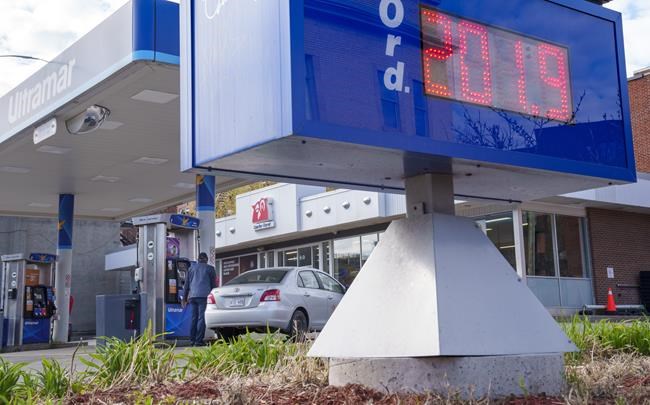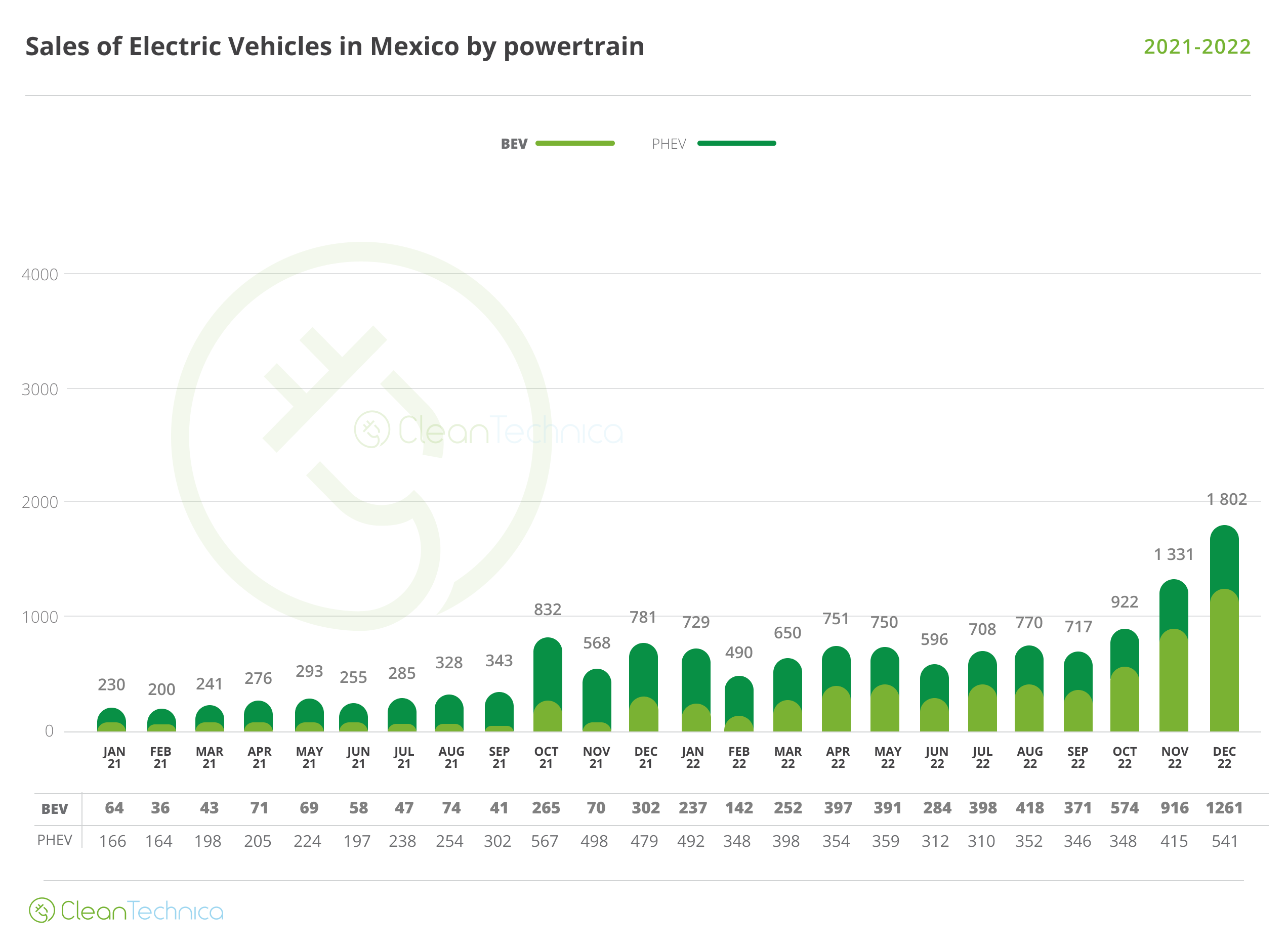
CALGARY — The rising cost of living in Canada that has dominated the headlines over the past year is, in many ways, a story about oil.
Experts say anyone who doubted the importance of energy to the overall economy need only scratch the surface of the latest Statistics Canada inflation data, released Tuesday.
“Energy is central to a modern economy. We don’t necessarily realize it until we have a big shock,” said Charles St-Arnaud, chief economist for Alberta Central, the central banking facility for Alberta’s credit unions.
“And what I think has happened over the last two years, and what I think has gotten lost in some of the conversation, is that we’ve had a shock that’s been so big that it’s non-linear.”
On the surface, the cost-of-living numbers released Tuesday are a good news story. Statistics Canada reported the country’s annual inflation rate rose just 2.8 per cent in June, slowing from 3.4 per cent in May, marking a dramatic improvement from the 8.1 per cent peak Canadians suffered through last summer.
But go a bit deeper, and much of that improvement comes from the price at the pumps. When excluding gasoline from the equation, Canada’s inflation rate was 4.0 per cent in June, and 4.4 per cent in May.
Gasoline prices have declined a startling 22 per cent since last June, when global energy markets spiked in reaction to Russia’s invasion of Ukraine.
In fact, other categories continued to get more expensive for consumers last month, with food prices up 8.3 per cent year-over-year and mortgage interest costs up 30.1 per cent. It’s likely that the Bank of Canada, which has been hiking interest rates over the past 12 months to try to get inflation under control, will remain concerned about the current rate of consumer price increases, St-Arnaud said.
“There’s still a decent amount of inflation pressure in the system so far. We’re still far from the Bank of Canada being able to say, ‘Mission Accomplished,'” St-Arnaud said.
There’s no denying the significance of relief at the gas pumps. In June of last year, the average gasoline price being paid by Canadians hit an all-time high, surpassing $2.10 per litre.
One year later, due to slowing global economic growth and the fading of concerns about supply disruptions as a result of the Ukraine war, the benchmark crude oil price West Texas Intermediate had eased off significantly — to an average US$75 per barrel for the first six months of 2023, down from over $100 per barrel on average over the same period in 2022.
But in spite of the relief that has brought for drivers, oil prices remain well above the five-year average of US$53 per barrel. And, St-Arnaud pointed out, gasoline prices are still close to 30 per cent higher than they were prior to the pandemic.
That has ripple effects throughout the economy, and is likely a major reason why inflation has remained sticky, he said.
“It spills over into services like public transportation. It spills over into airlines. I would be surprised if part of the food inflation that we have isn’t simply the transportation costs of bringing in all those fresh produce,” St-Arnaud said.
“When you get an oil price shock, especially in a country like Canada, the pricing behaviour of companies changes. They simply cannot absorb those increased costs without passing some of it along to the consumer.”
It’s unclear where oil prices will go in future, but WTI topped US$75 per barrel last week, its highest level in months.
In fact, the year-over-year gasoline price effect that has been behind Canada’s slowing inflation numbers is likely to disappear as 2023 progresses.
“If gasoline prices stay where they are now, we could enter a period as early as September or October where they are no longer reducing inflation,” St-Arnaud said.
“I think it’s actually underappreciated, how high energy prices jumped last year, and there’s still a hit on the consumer when you look at it in the long-term.”
This report by The Canadian Press was first published July 18, 2023.
Amanda Stephenson, The Canadian Press
Share This:






